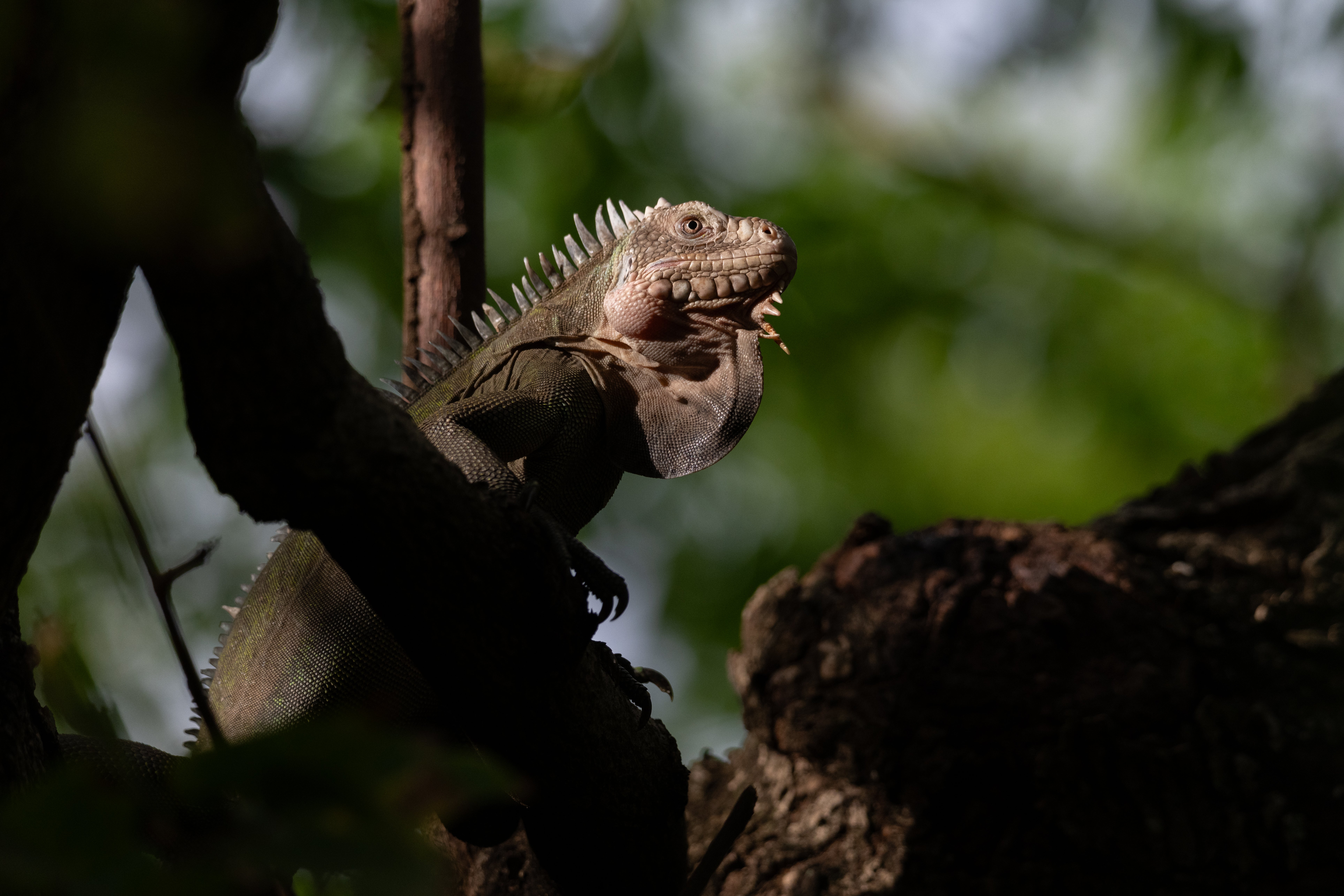An expedition team in Venezuela, led by ornithologist David Ascanio and supported by American Bird Conservancy (ABC), rediscovered Urich’s tyrannulet earlier last month. There have only been three confirmed sightings of the small flycatcher since it was first described in 1899. The second sighting was in the 1940s and the third in 2005. With so few sightings, Urich’s tyrannulet is one of the most poorly-known birds in South America and with its cloud forest habitat being cut down for agriculture, scientists feared it could soon be at risk of going extinct. However, the expedition team was able to definitively prove it still alive: they captured the first clear photos of the tyrannulet and the first-ever recording of its call, shedding light on its behavior and ecology.
“It’s like a little tiny ‘Shrek,’” said Ascanio, of the olive-green bird, similar to the color of the popular movie character. “It’s not as striking as many of the other birds in the same forest, and it has a shrill call, but if it’s there it means that the forest is healthy. It’s certainly aligned with the presence of all these wonderful forest birds and other species. I was shaking with excitement!”
The mountains where the tyrannulet lives are part of a unique ecosystem home to plants and animals found nowhere else. Among these are birds such as the white-tipped quetzal, handsome fruiteater, and the endangered Venezuelan sylph, all of which the team observed in the forest with the tyrannulet.
“Urich’s tyrannulet is one of only a handful of birds in all of South America that no one has been able to find in the past 10 years, so it is hugely exciting that David and his team have rediscovered this lost species,” said John C. Mittermeier, director of threatened species outreach at ABC. “Thanks to the team’s discovery, we now know for certain what this bird looks and sounds like and where it lives, and we can use this information to begin taking steps to protect it.”
The five-person expedition team set out on a six-day search, beginning May 11, 2021. They chose three remote and mountainous locations in the Macizos Bergantín and Caripe (Serranía del Turimiquire) in the northeastern part of the country to search. The area was visited by famed naturalist Alexander von Humboldt in 1799 and boasts other sought-after species for birdwatchers, like the only nocturnal fruit-eating bird, the oilbird.
The last sighting of an Urich’s tyrannulet in 2005, which was also by Ascanio, helped guide the search. The expedition team had originally wanted to retrace Ascanio’s steps when he and fellow famed birdwatcher and music professor, Mark Sokol, became the first people to see the bird in approximately 65 years. But the forest where Ascanio had last seen the bird had been destroyed, completely clear cut and converted to grassland.
Instead, the team searched forest in the watershed of the Caripe River, driving and walking, from Caripe to Yucucual-Mata de Mango in Macizo Caripe, Turimiquire in the state of Monagas. They were unsure if there would still be forest left at the very specific elevation where Urich’s tyrannulets live, between 2,400 and 3,600 feet above sea level. By chance, the team found a trail created by farmers’ mules, which led them to a promising tract of forest.
The forest resembled the one where Ascanio had originally seen an Urich’s tyrannulet in 2005. Its dense canopy, which only allowed sporadic patches of sunshine to break through, had vines hanging from trees, and was filled with raucous bird songs, another encouraging sign.
Even in this beautiful forest, however, finding the first Urich’s tyrannulets in over a decade was no easy task. The team searched for 10 hours before, suddenly, much to their delight a pair of the small greenish-olive birds swooped down and perched on a branch in the lower part of the canopy. The next morning, the team was able to find a second pair and record their calls for the first time.
The sightings also gave ornithologists the first chance to describe some aspects of the Urich’s tyrannulet’s behavior and accurately describe what it looks like. The bird constantly cocks its tail, a behavior commonly seen in warblers and other tyrant-flycatchers, and seems to only live in forests with emergent trees, reaching above the canopy. The tyrannulet also has a pale base to its lower mandible and an ill-defined line in the face, details that are hard to detect on museum specimens and has been missing from descriptions and illustrations of the species.
“It’s amazing that these forests still harbor surprises and practically unknown species,” said Lina Valencia, Andean country coordinator for Re:wild, which helps scientists search for lost species around the world. “Expeditions to remote areas, like Macizo Caripe, are extremely difficult, but it’s really encouraging to find such a rare species like Urich’s tyrannulet.”
The expedition team didn’t find Urich’s tyrannulet at two of the three sites they visited. They were prevented from searching one site due to rain, and at another, much of the forest was cut down for farms. With so much of the forest in the area gone, Yucucual-Mata de Mango may be one of the only places left where Urich’s tyrannulet still survives. Ascanio hopes that, with the help of the local community, this forest will become a destination for birders and ecotourists protecting it and the many unique species that call it home for years to come.
Members of the expedition included: David Ascanio, coauthor of Birds of Venezuela and associate researcher at Coleción Ornitológica Phelps, Pedro Cabello, ecologist and nature guide, Tomás Odenhnal, naturalist and field assistant, Carlos Matheus, nature guide and field coordinator, and Thore Noernberg, nature guide and field assistant.
# # #
Caption: Urich’s tyrannulet photographed May 11, 2021. It was the first time the bird had been seen in 16 years and only the fourth time it’s been scientifically documented since it was first described in 1899.
Photo: David Ascanio
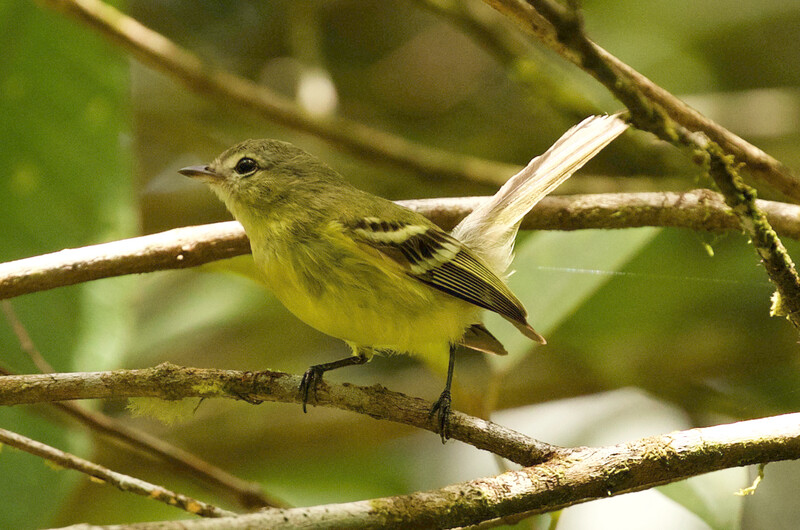
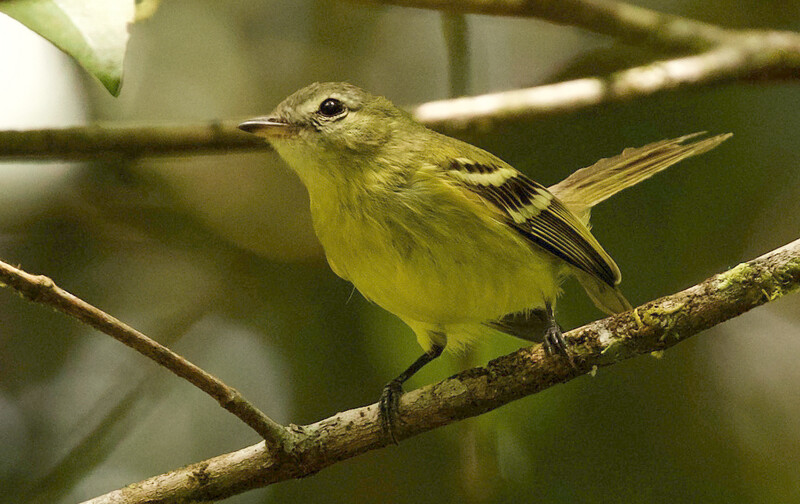


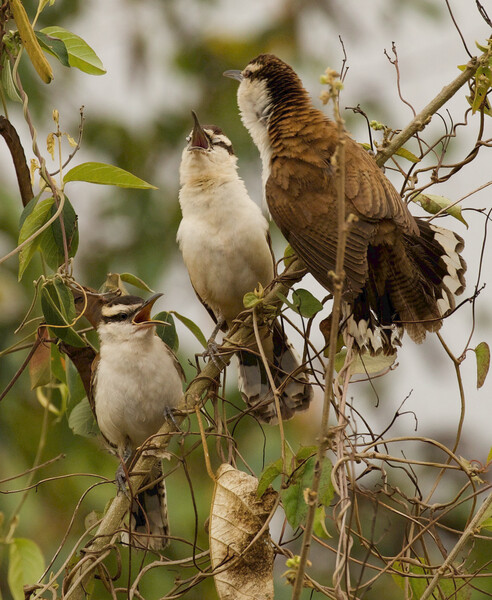


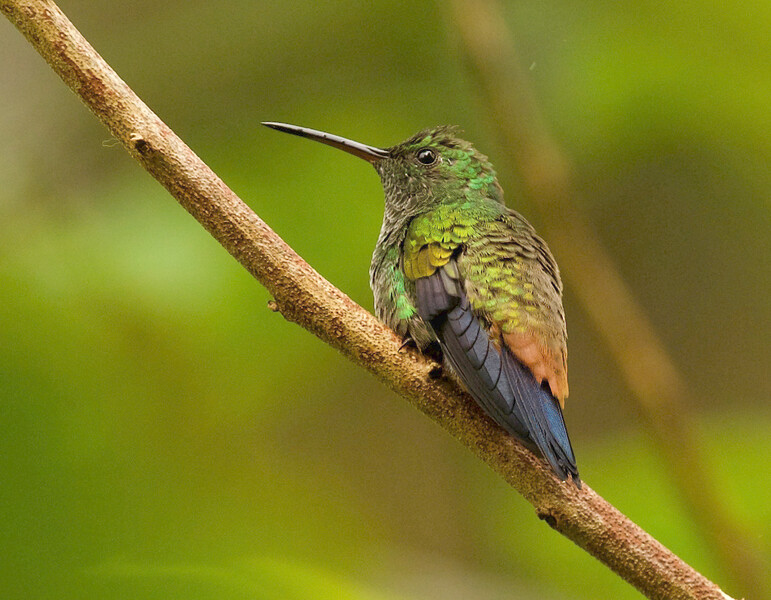
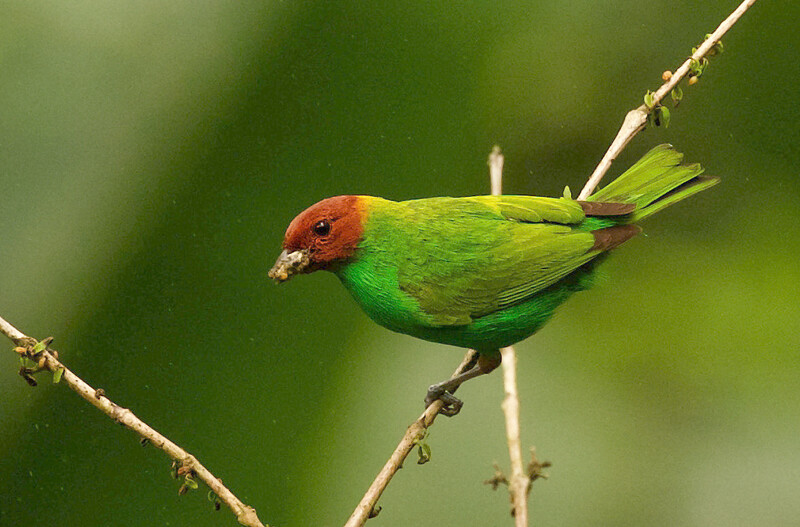
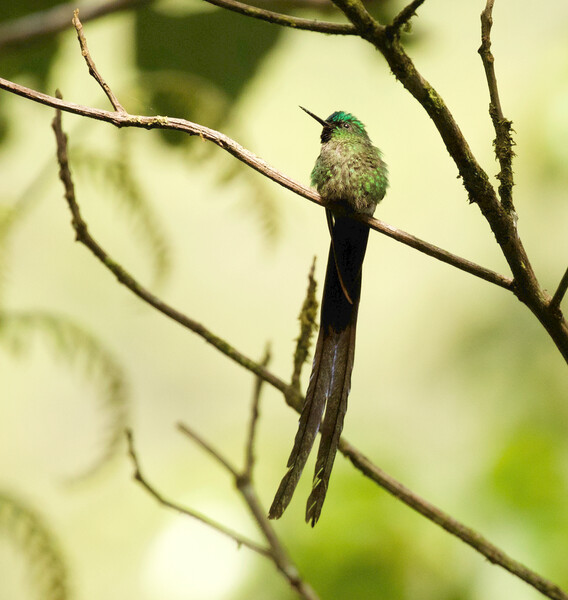



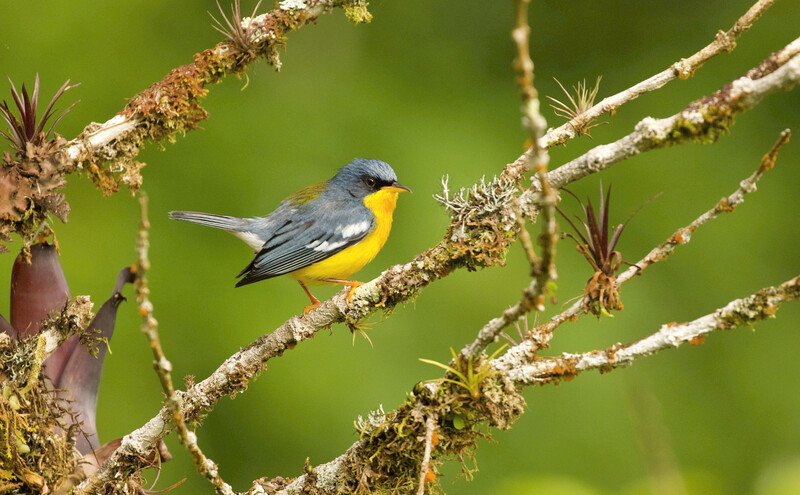

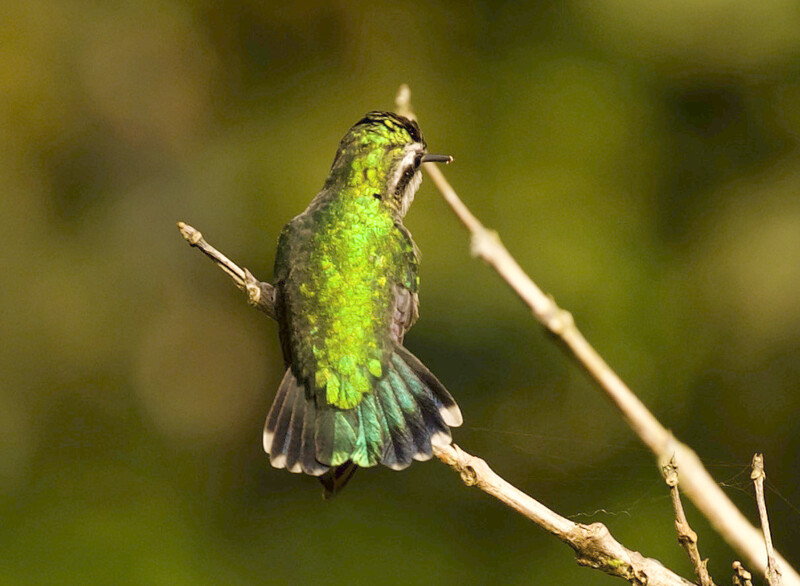
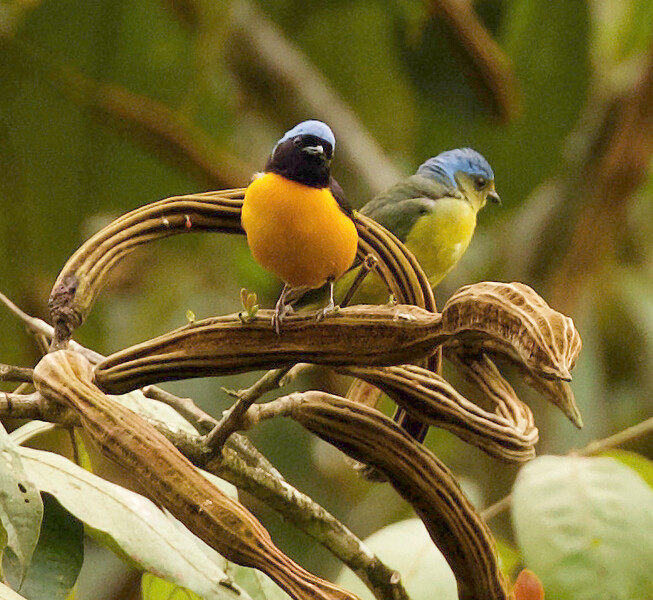
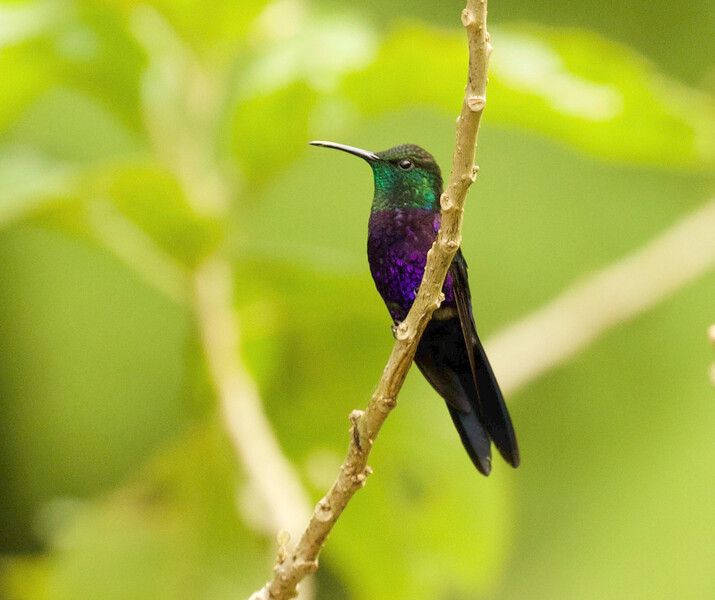



Devin Murphy
Writer
Devin Murphy is Re:wilds’s senior communications specialist and helps Re:wild and its partners tell stories about the work they do to protect wildlife and wildlands around the planet. Her favorite stories about conservation include fascinating and little-known species and the dedicated humans protecting them.

